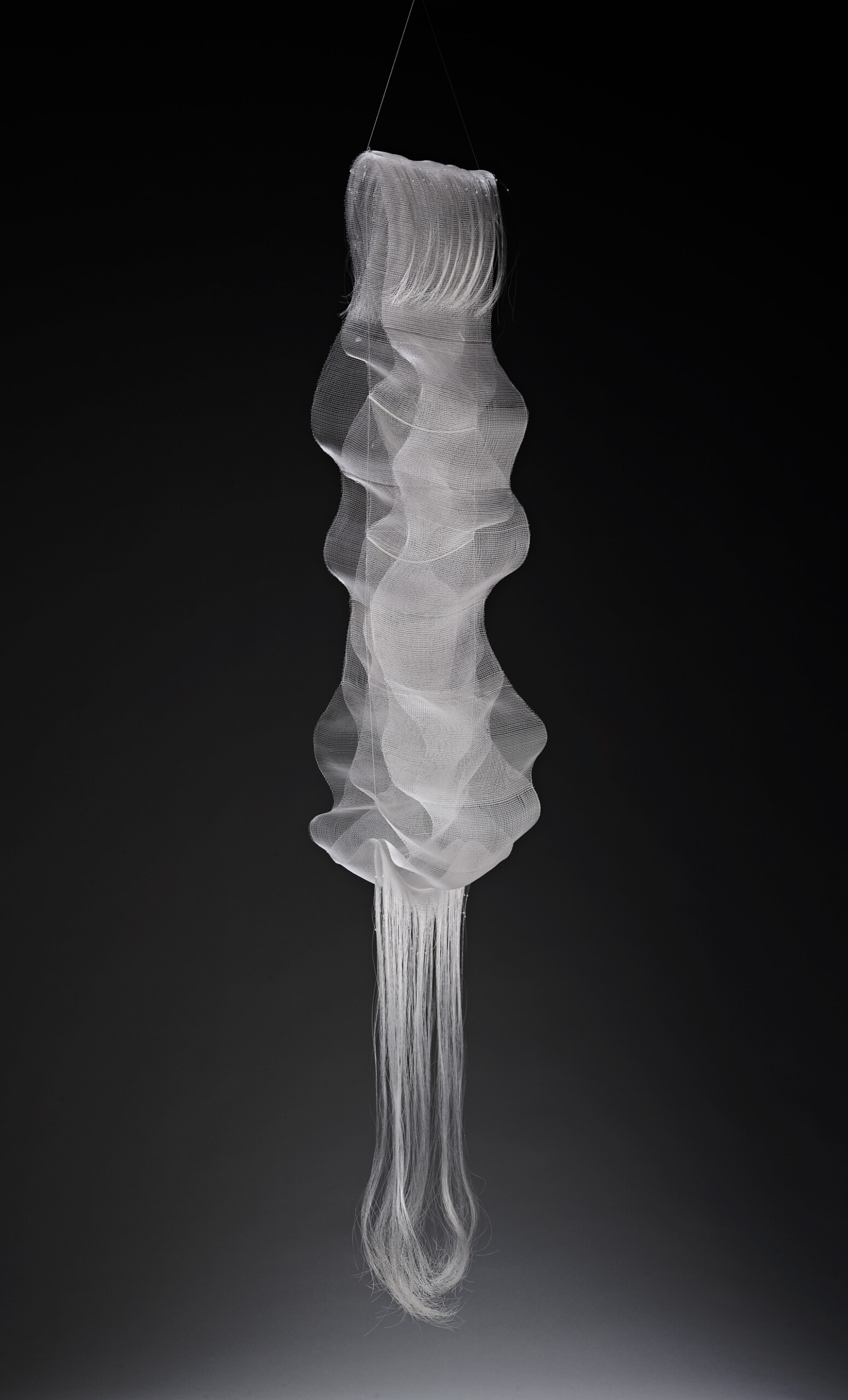The Isamu Noguchi Foundation and Garden Museum presents No Monument: In the Wake of the Japanese American Incarceration, a focused, small-scale group exhibition guest curated by Genji Amino with Christina Hiromi Hobbs.
The exhibition is organized to mark the eightieth anniversary of Executive Order 9066 (signed on February 19, 1942) which authorized the forced removal and mass incarceration of more than 120,000 Japanese Americans by the United States government during World War II. Including a selection of works by Japanese American artists, some of whom were incarcerated and others whose lives were shaped indirectly by the widespread impact of the Executive Order, the exhibition represents an array of photographic and sculptural experiments following an event marking the height of anti-Japanese sentiment in the twentieth century.
It includes a small selection of works made by as yet unidentified Japanese Americans in the concentration camps. These works now reside in the collection of the Japanese American National Museum, Los Angeles, and circulate as part of the traveling exhibition and remembrance project Contested Histories: Art and Artifacts from the Allen Hendershott Eaton Collection. They are presented alongside work by Leo Amino (1911–1989), Ruth Asawa (1926–2013), Joseph Goto (1916–1994), Hiromu Kira (1898–1991), Toyo Miyatake (1895–1979), Patrick Nagatani (1945–2017), Isamu Noguchi (1904–1988), Kay Sekimachi (b. 1926) and Toshiko Takaezu (1922–2011).
By gathering together works such as Isamu Noguchi’s haunting wood and bone Monument to Heroes (1943), Kay Sekimachi’s ethereal hanging fiber work Ogawa II (1969), and Patrick Nagatani’s 1994 photographs of the former sites of Japanese American concentration camps in Utah and Idaho, the exhibition presents a range of approaches to abstraction developed following the era of Japanese American incarceration.



































